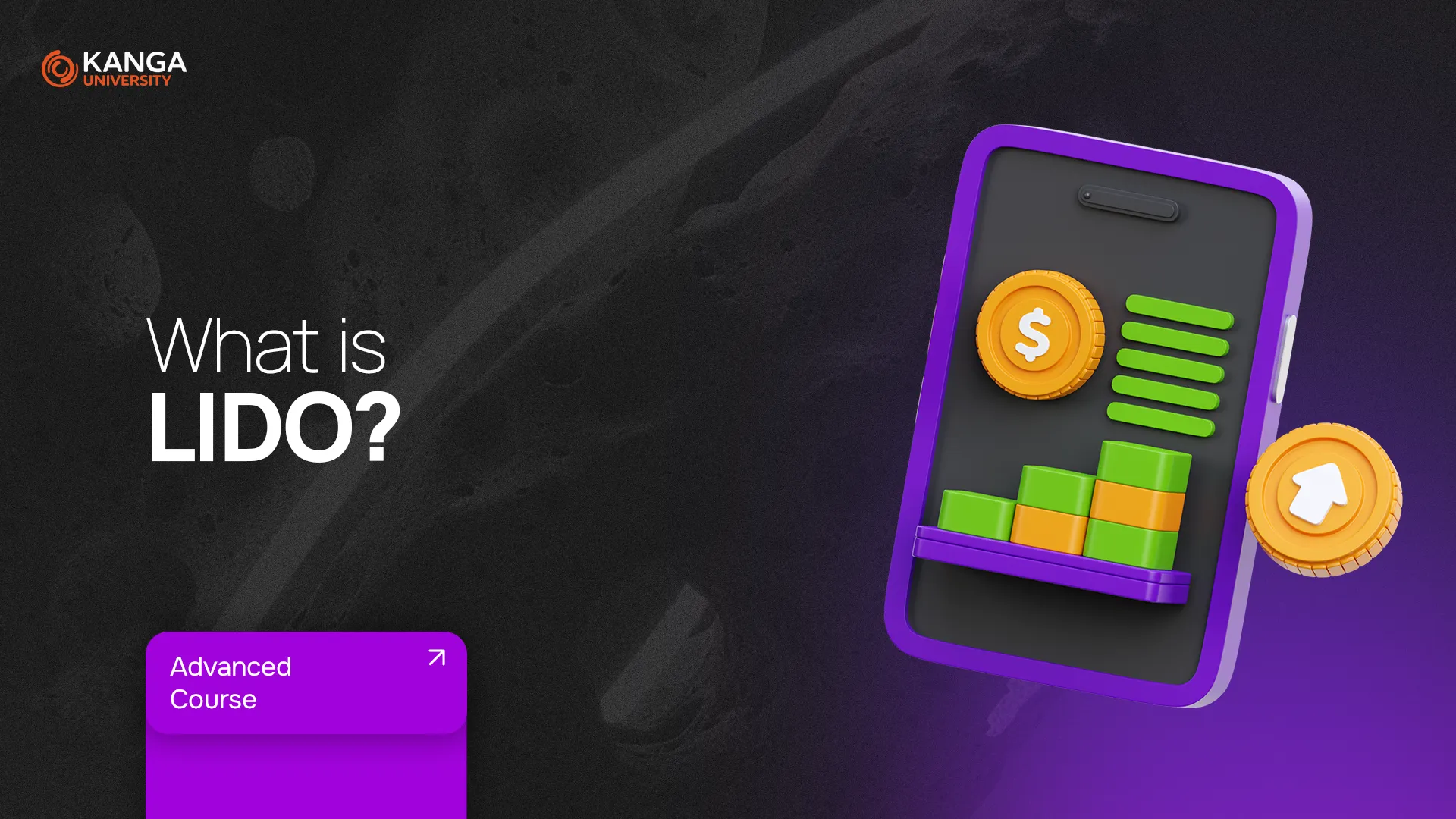
In the crypto world, one of the most popular ways to earn passive income is through staking—locking up your tokens to help secure a blockchain network. Sounds great, right? The catch is that staking usually means your funds are locked up and inaccessible. That’s exactly the issue Lido is designed to solve.
What is Lido?
Lido is a liquid staking platform. It allows you to earn staking rewards without giving up access to your crypto. Instead of locking your tokens, Lido gives you liquid tokens in return—known as staked tokens—that you can use in the broader DeFi ecosystem.
Lido launched in December 2020, just after Ethereum introduced the Beacon Chain. That timing was no coincidence—Ethereum is Lido’s primary focus.
Why Lido Matters
Lido solves two major problems:
-
You don’t need a minimum amount to start staking.
-
Your funds remain liquid—you can still use them while they’re earning rewards.
It’s a user-friendly way to earn staking rewards without freezing your crypto or setting up your own validator node.
How Lido Works
Lido takes your staked crypto and gives you a matching liquid token. For example:
-
Stake ETH → receive stETH
-
Stake MATIC → receive stMATIC
-
Stake SOL → receive stSOL
Each liquid token is pegged 1:1 with the original asset. So 1 stETH equals 1 ETH in value.
Here’s what happens behind the scenes:
-
You deposit your crypto into Lido.
-
Lido stakes it on the appropriate blockchain (like Ethereum).
-
You receive staked tokens (like stETH) in return.
-
You can now use these tokens in DeFi apps—lend them, use them as collateral, or even trade them.
These tokens keep earning staking rewards while remaining fully usable.
What is Lido DAO?
Lido is governed by a decentralized autonomous organization—Lido DAO. It’s a community of token holders who manage and upgrade the platform. Key points:
-
DAO controls user funds through smart contracts—not individual people.
-
Node operators never have direct access to your funds.
-
Lido DAO decides how staking rewards are distributed and what changes to make in the protocol.
Why is this Important?
Traditional staking has drawbacks:
-
High entry minimums
-
Long lock-up periods
-
Technical requirements to run a node
Lido removes these barriers. It offers a simple, accessible way for anyone to participate in staking—even with small amounts.
What Are the Costs?
Lido charges a 10% fee on staking rewards. This fee is split between node operators, the DAO, and a slashing insurance fund. Considering the convenience and flexibility Lido offers, the fee is relatively low.
Key Use Cases
Here’s where Lido and its staked tokens can make a difference:
-
Earning rewards on idle crypto assets
-
Using staked tokens in DeFi platforms for lending or borrowing
-
Participating in governance through Lido DAO
-
Spreading risk by staking across multiple blockchains (ETH, SOL, MATIC, etc.)
Summary
Lido offers a smarter way to stake. It gives you the freedom to earn from staking without losing control over your crypto. Whether you’re staking a few tokens or a larger amount, Lido makes the process seamless, accessible, and efficient.
It’s a tool built for the future of crypto—where flexibility and utility matter just as much as returns.